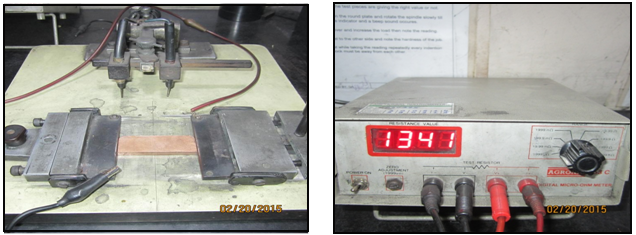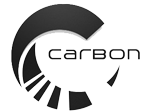Universal Sintered Products and Machinery Is the perfect solution for carbon industry.We Manufacture Various machines which are use to make the carbon Brushes ,Carbon Blocks,Carbon Vanes,Etc. Which has the larger application in various industries like Automobiles, Power tools, sugar,textile,paper mill railways. Etc.This Brushes Can be Use for various application like power tools,Automobile,Industrial ,Electrical etc.
Universal Sintered Products and Machinery is the only solution for providing the Testing Equipments Required for measuring the characteristics of brushes. Various Testing instruments are required such as density tester, resistance tester , hardness tester, voltage drop tester, pig tail pull tester, transverse strength testing Machine etc.All this equipments are designed as per as Indian Standard and calibrated with the standard piece.
Micro ohm meter is use to determine the Resistance of carbon brush. As per the grades of the brushes Resistance will vary. If the percentage of copper is less Resistance would be higher and if percentage of copper is more Resistance would be less.
Resistance tester is use to determine the Resistance of carbon brushes. Testing is done by Kelvin bridge method.

The specimen should be tested at room temperature. The dimensions of the test specimen shall be measured and recorded to an accuracy of 0.5 percent or better. The test specimen shall be placed lengthwise between the two current contacts. The test specimen shall be connected to the Kelvin bridge correctly and carefully. The potential pointers shall be pressed against one of the surface w x I of the specimen. The force on the potential pointers is considered to be sufficient if the needle of the millivoltmeter is steady.
The potential pointers shall be checked to ensure that these are symmetrically located in relation to the axis of the surface w x 1.The potential pointer spacing shall be recorded.
The potential pointers shall be disengaged from the surface of the test specimen. The pressure from the two current contacts shall be removed, the test specimen turned over, so that the potential pointers are in contact with the other surface w x I of the specimen, and the same force shall be applied as before. The test procedure shall be repeated using the same current. The arithmetical mean value of the resistances measured on the two surfaces w x 1 is used for calculation of the resistivity.

